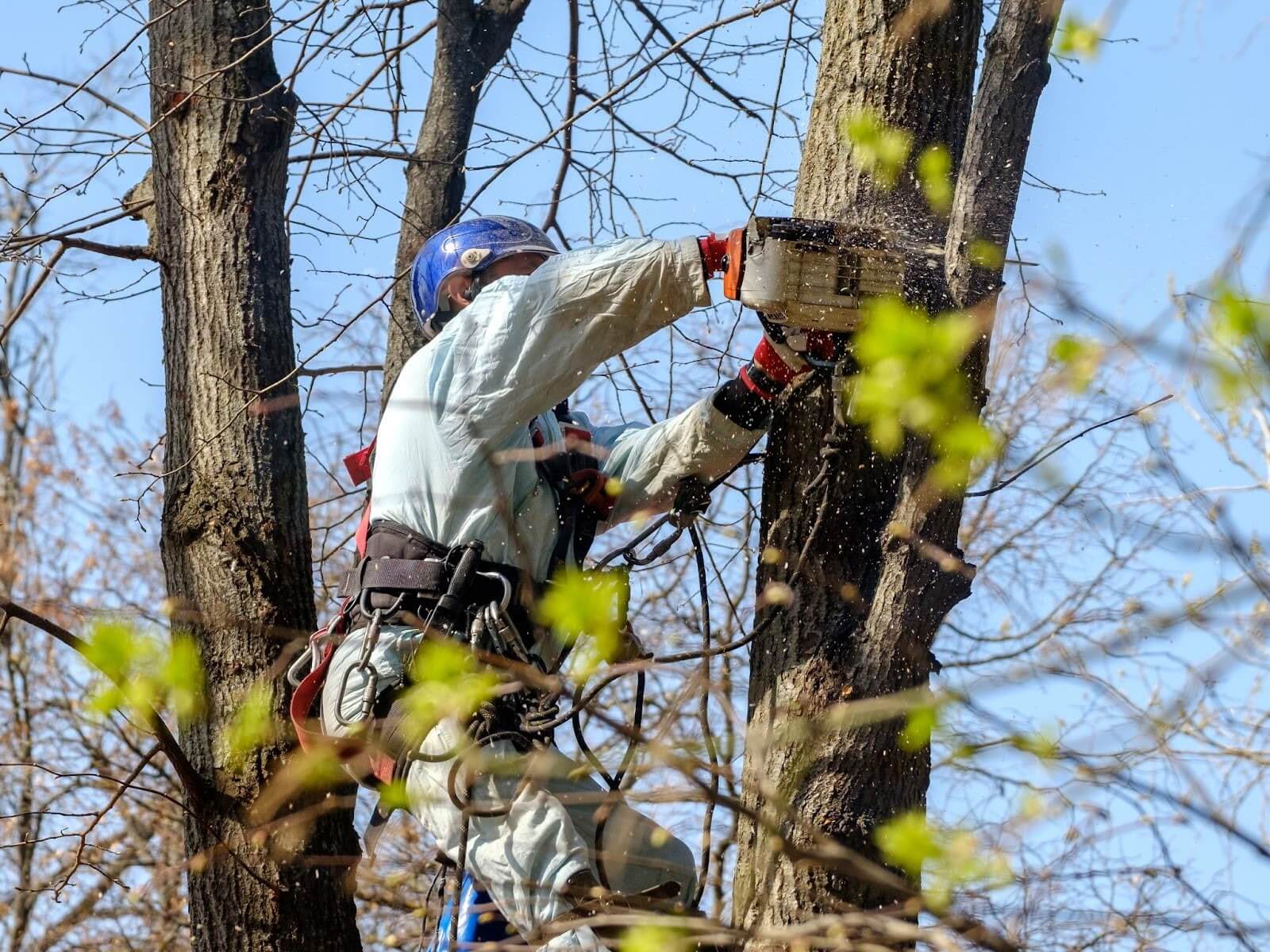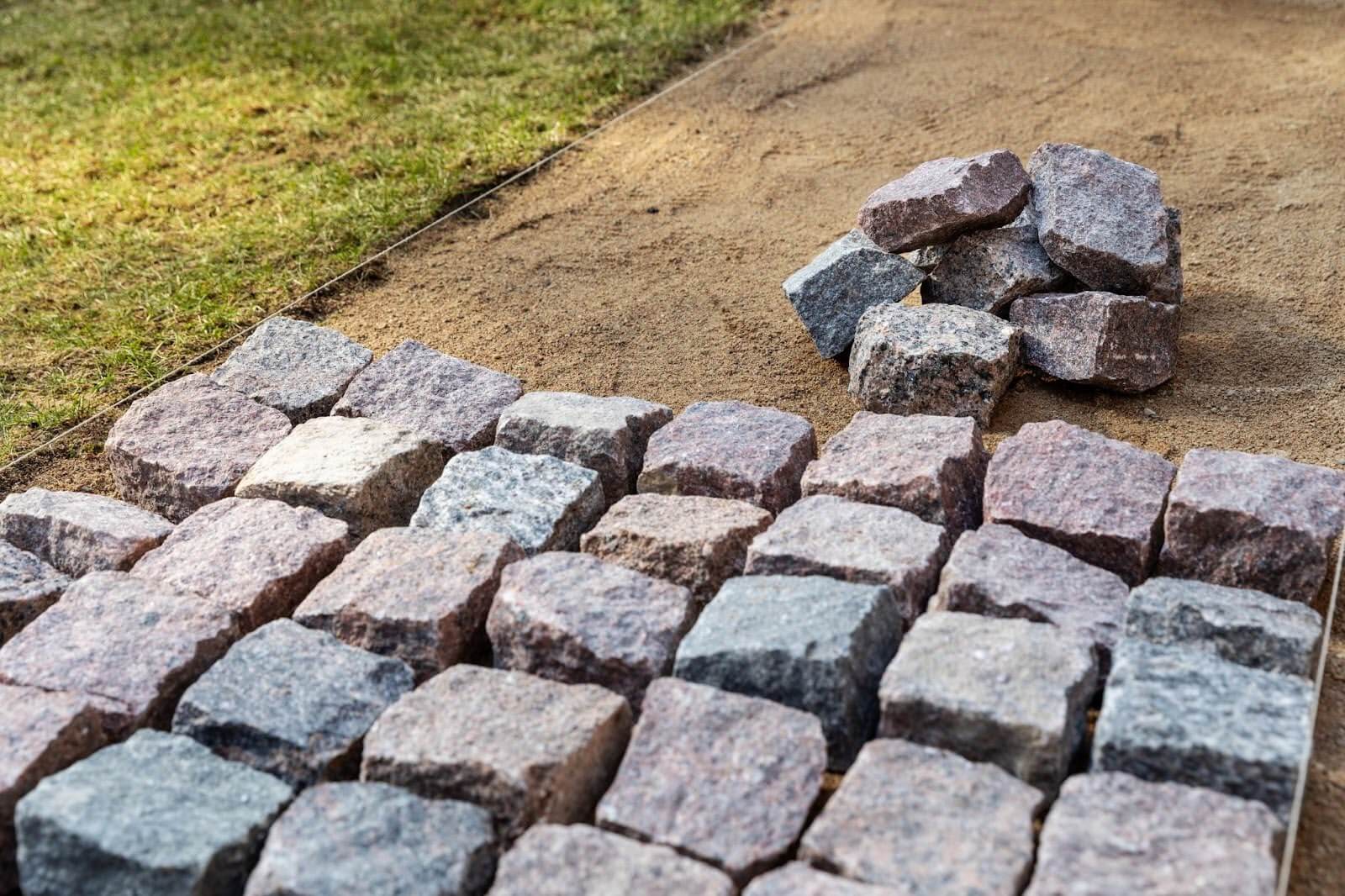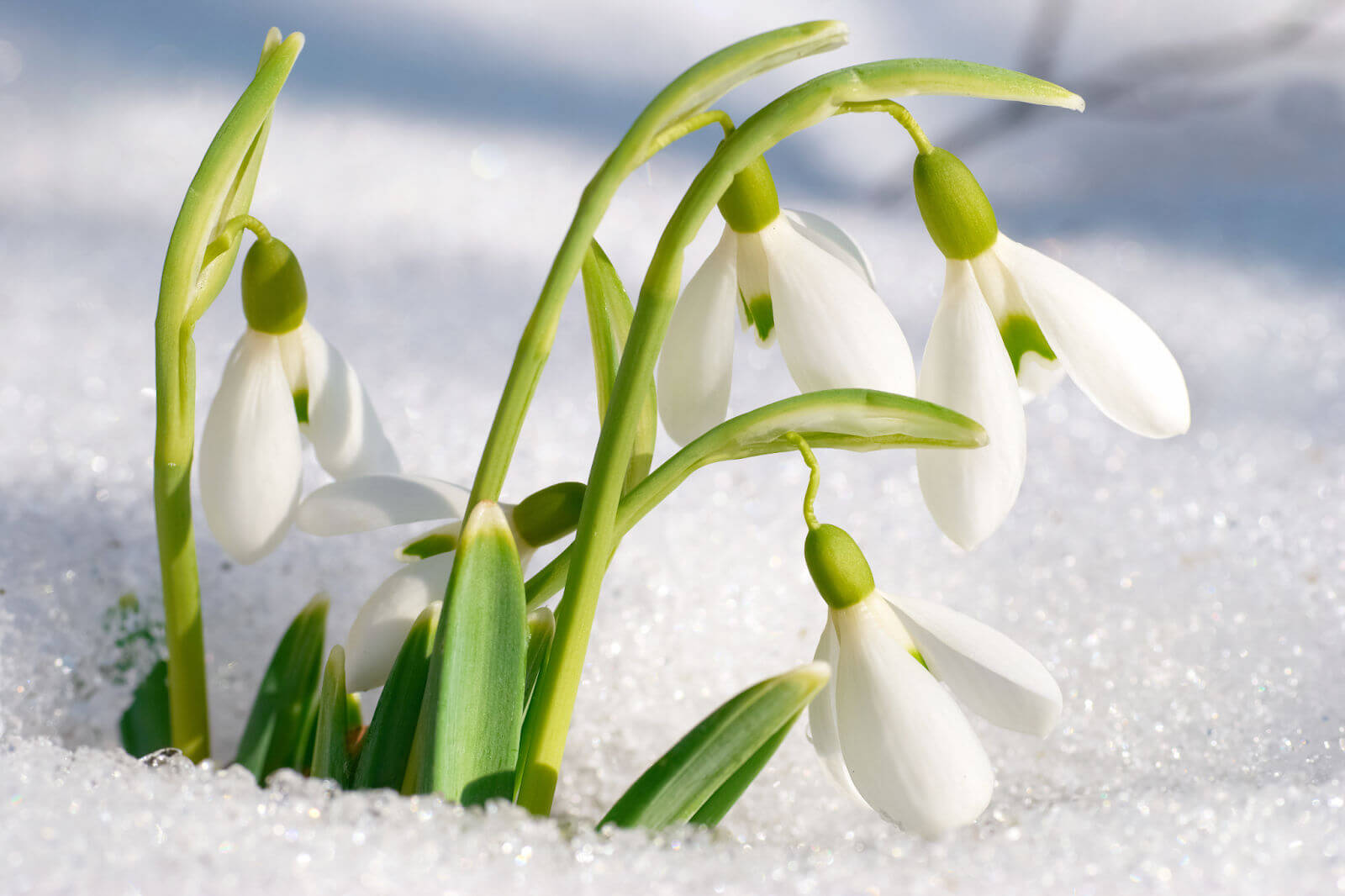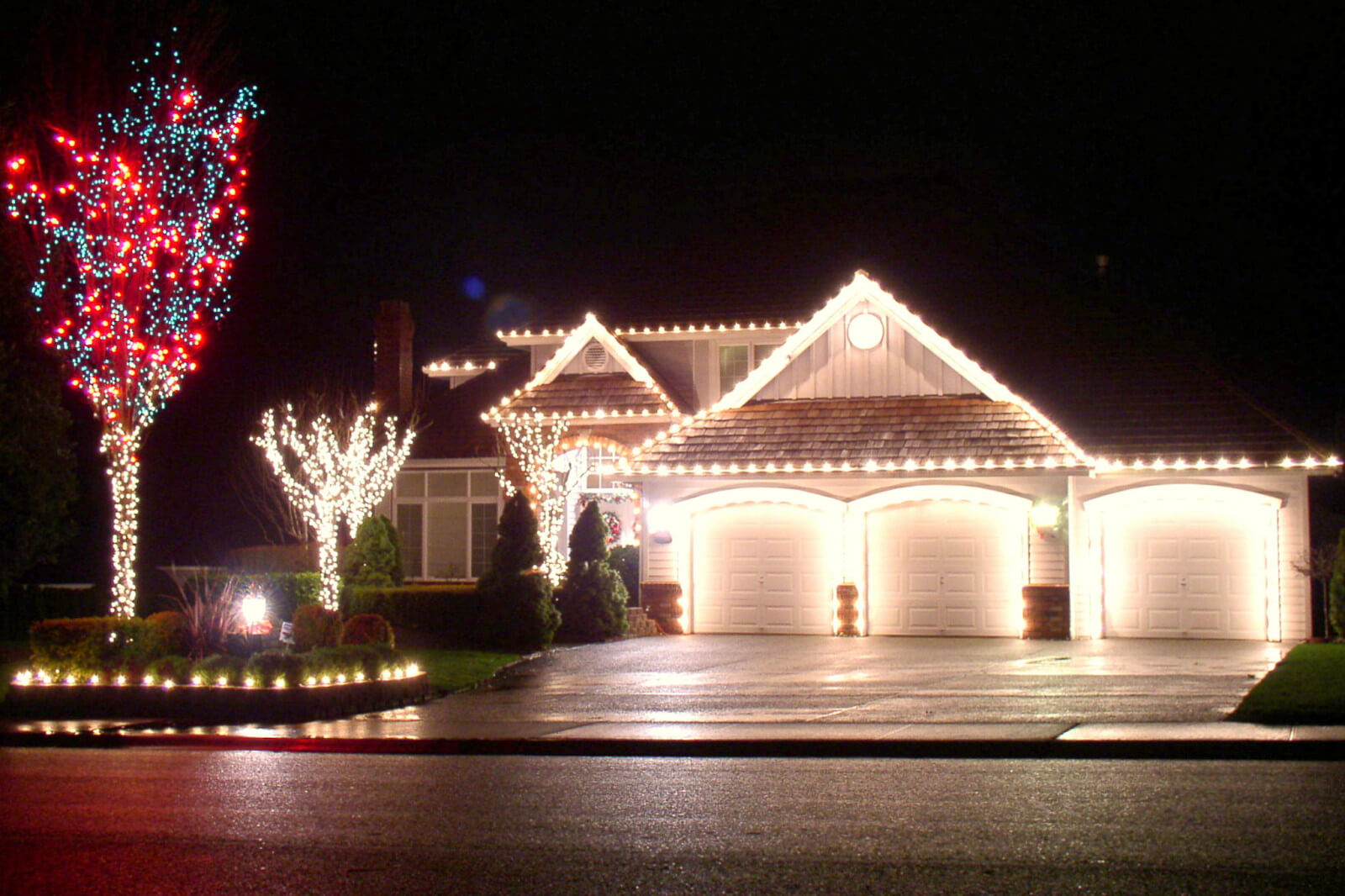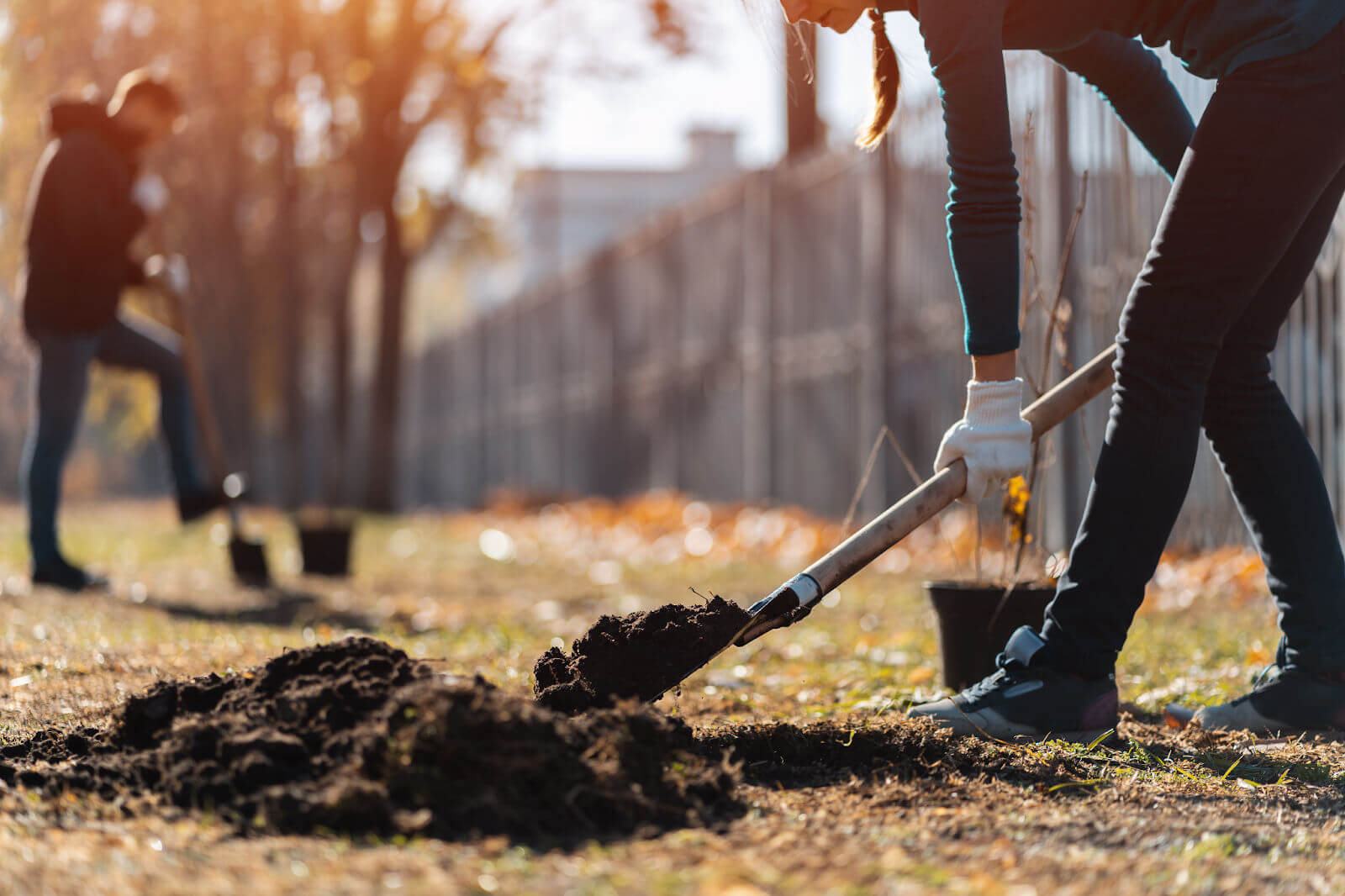When it comes to tree care and finding the right tree service provider to handle your tree care, you need to do your research. Knowing whether you need tree pruning or tree removal is not always easy, so here are some tips to make the right decision for your property.
Assessing the Situation
Whether you’re keeping a close eye on each tree on your property or just noticed that one isn’t as full of leaves as its neighbors, visual inspections are a must for keeping your trees healthy. There are a lot of signs to look for to determine if something is going wrong, and if it is, tree pruning or removal might be necessary.
What are the biggest warning signs that you can see on your own? In the spring and summer, a lack of leaves is a sign that a tree is in trouble. Whether the tree is actively dropping leaves or simply not growing as many as other trees around it, you’ve got a clear indication that something is wrong. Another surefire sign of an issue in a tree is the presence of fungus. Mushrooms growing from the trunk are a good indicator that something is wrong, but there are countless other kinds of fungal infections that manifest in other ways. Gray powder on leaves can be a sign of a fungal infection called powdery mildew. Other types of fungal infections cause issues like root rot, heart rot, and soft rot. Trees are highly susceptiblFinding the Right Tree Service Providere to fungus because it feeds on the main structure of the tree, its bark, and its foliage. As the fungus feeds, it spreads and can quickly cripple a healthy tree. Unless you’re a trained arborist, you probably won’t be able to see some of the more subtle warning signs that a tree is unhealthy, so it’s important to get help. At The Parke Company, we have multiple certified arborists with decades of experience between them on staff, ensuring you get the best service possible.
Tree issues like fungal infections don’t just happen out of the blue. Your trees’ health depends on you noticing things like standing water or damaged limbs. A broken branch is like a cut on our bodies, and if left untreated, it can allow infection in the forms of fungus and pests into the tree. Working with a tree pruning service is an excellent way to prevent limbs from breaking by proactively and safely removing limbs susceptible to decay. This keeps your tree healthy and your property safe from fallen limbs.
Tree Pruning vs. Removal
So, do trees really need pruning? And when is tree removal the right call? While we’ve discussed tree pruning as the preferable option to tree removal, there are situations when removal is just the right call. As a general rule of thumb, it’s best to think of your trees as a part of a bigger picture. There are scenarios where it may be best to remove a tree from the micro-ecosystem that is your yard. Unhealthy and dead trees can spread disease and pests to nearby healthy trees and cause damage to the surrounding plants and structures on your property. Fortunately, there are many things that a certified arborist can do to help your tree before it comes down to removing it. The best way to prevent things from escalating to total removal is to be proactive. As part of your yard’s landscaping maintenance, explore what options are available for tree inventory and assessment. Having an arborist inspect your property on a yearly basis can catch issues when they’re treatable, thus preventing a larger project. Tree pruning services are much less expensive than the cost of tree removal, so it’s wise from a budgetary standpoint to have your trees inspected.
Finding the Right Tree Service Provider
It might be tempting to try pruning trees on your own, but there are a few reasons why you should leave this to the experts. The biggest reason for letting an arborist prune your trees is personal and property safety. Tree pruning can be dangerous without the proper tools and training, especially when the pruning is high in a tree’s canopy. People have died attempting to remove branches on their own, even if they aren’t particularly large or high up. The dangers of tree removal and pruning are real, and they should be taken seriously. Arborists have years of experience and tried and true methods for safely conducting pruning and removal. This benefits you and your property, keeping you and your home safe from the risks associated with falling limbs.
Another reason for letting the experts handle the pruning is less obvious. While pruning a tree can prevent it from becoming unhealthy, doing it wrong can actually cause further harm. If you don’t properly cut a limb off (or perhaps cut a healthy limb that doesn’t need to be removed) you’re wounding the tree. Even in the hands of a pro, pruning does damage a tree. Arborists know how to minimize that damage, and they know the proper cuts to ensure that the tree isn’t susceptible to infection as it heals. Their knowledge also helps them determine the proper weather for removing a limb, and there’s no better time to prune than in the winter. This is because the tree is resting and can commit more energy and nutrients to healing the wound. Pruning in the summer or spring, when new leaves and fruit are growing, splits the tree’s available resources between each important activity. This can cause the tree to grow slower or heal slower.
The Parke Company has been servicing trees in Nashville for decades, and we’re ready to help you with your property. Since it’s hard to determine whether you need to prune or remove a tree on your own, let us perform an inspection for you. Even if you don’t notice any visible signs of distress in your trees, that doesn’t mean there isn’t something going wrong. With the expertise that comes with being a tree removal professional, arborists can see past the obvious.
Finding the Right Tree Service Provider
The arborists at The Parke Company are your best bet for healthy trees this year. Give us a call today for a free consultation and estimate for whatever tree services you may need.

